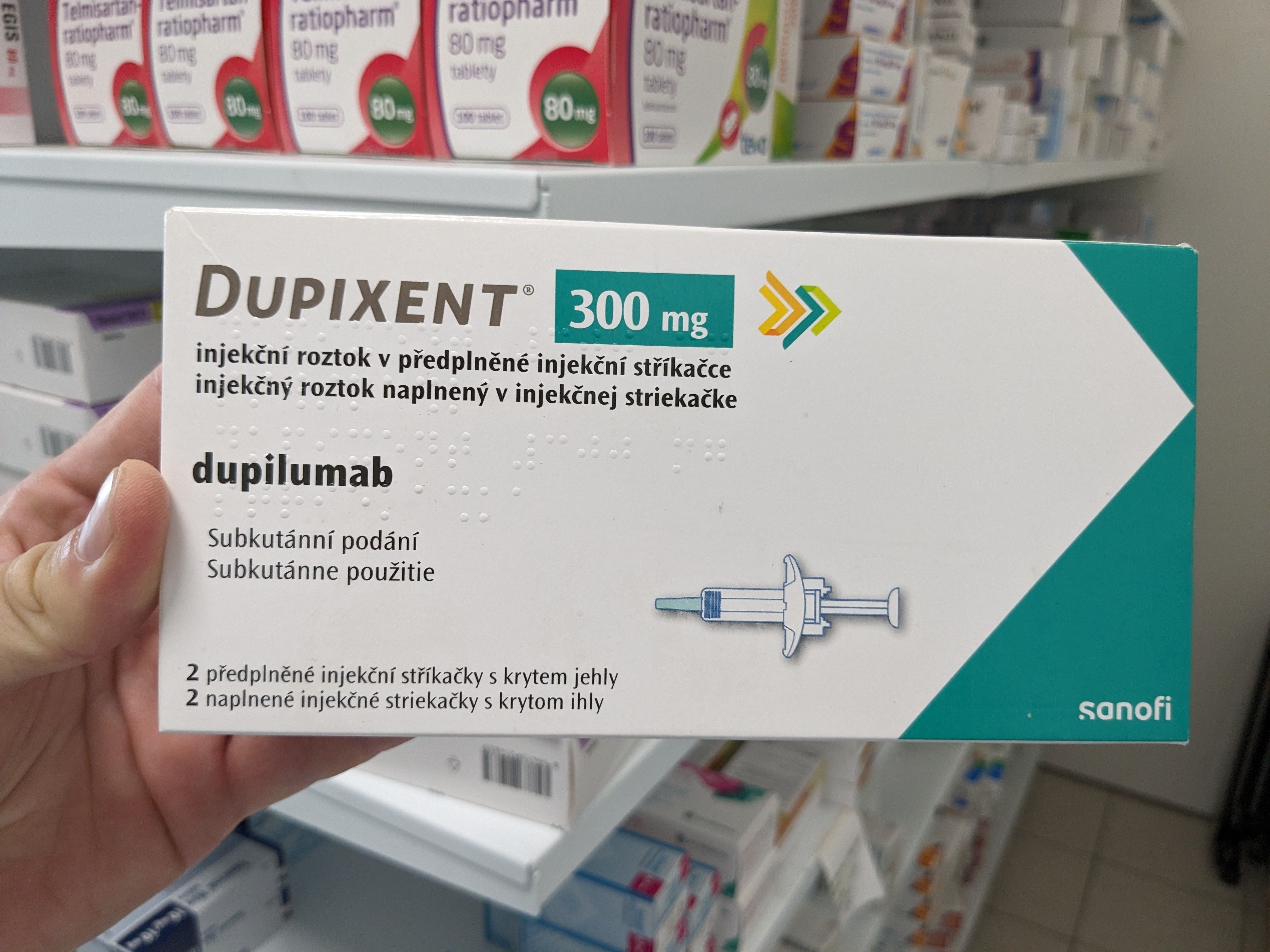Article
Scott Gottlieb Announces Progress on Patient Engagement Efforts at the FDA
Author(s):
Reaffirming their commitment to actively engage patients in regulatory decisions on drug approvals, the FDA held its first Patient Engagement Advisory Committee meeting on October 11.
Reaffirming their commitment to actively engage patients in regulatory decisions on drug approvals, the FDA held its first Patient Engagement Advisory Committee (PEAC) meeting on October 11.
PEAC includes 9 core voting members who are selected by the FDA Commissioner Scott Gottlieb, MD, or designated from among experts who are knowledgeable in areas such as clinical research, primary care patient experience, and healthcare needs of patient groups in the United States, according to information provided on the FDA’s website.
A statement released by Gottlieb says, “involving the end-user—the patient—in identifying health priorities and outcomes desired from health interventions is critically important.” Achieving this objective necessitates patient input at each stage of a drug product or device development life cycle. Yesterday’s meeting was focused on engaging patients in different aspects of the clinical trial process: trial design, recruitment, enrollment, and retention. Additionally, the FDA is also seeking patient input on FDA communication of clinical trial results.
PEAC was founded by the FDA’s Center for Devices and Radiological Health (CDRH), which has led the development of patient preference studies and incorporation of patient-reported outcome (PRO) measures in numerous devices. Additionally, CDRH has worked to collect real-world evidence that can inform the regulatory decision-making process. Their guidance provides stakeholders to leverage information from electronic health records, insurance claims databases, and registries to facilitate more efficient regulatory decisions for medical devices.
Gottlieb’s statement points out that patients, through novel registry platforms that collect trackable patient information, are spearheading the real-world data collection. “We’re fostering interactions with these patient-led registries to help them become vehicles for regulatory change,” he notes.
The statement emphasizes the importance of patient input, in the form of health data gathered from patient reports, in evaluating the probable benefit of a device: “The FDA can also consider rigorous, systematically gathered patient preference information as a part of the totality of the evidence from clinical and nonclinical testing,” Gottlieb says, adding that PEAC members will help develop the parameters on identifying the appropriate standards and criteria.
Gottlieb notes that efforts across the various divisions within the FDA will build on the CDRH efforts, including the creation of a team to coordinate agency-wide and multi-center projects related to patient engagement. With these initial steps, the FDA hopes to create a consistent approach for using PRO tools across the agency.
“This new patient affairs team is one reflection of our commitment to the goal of elevating the patient role in our work. The advisory committee that we’re inaugurating today is another measure of that promise,” Gottlieb states.

Dupilumab Treatment for Patients With CSU: Insights From Jason Hawkes, MD, MS



